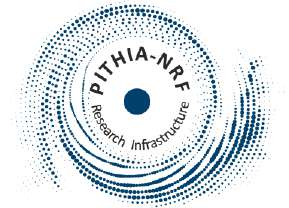On 18 March, the American astronauts Sunita Williams and Barry Wilmore landed safely in the Gulf of Mexico after having spent 286 days in the International Space Station (ISS). The record for longest single-mission stay in space is 437 days, set by the Russian cosmonaut Valeri Polyakov on board the MIR space station in 1994-1995. Long stays in space are not a blessing for the human body. In particular with the ambition to travel to Mars, astronauts face several threats, neatly captured by NASA in the acronym "RIDGE", which is short for Space *R*adiation, *I*solation and Confinement, *D*istance from Earth, *G*ravity fields, and Hostile/Closed *E*nvironments (NASA/Cranford and Turner, 2021). These hazards have both medical and psychological effects on the astronauts, with an elaborate list of issues (from loss of bone density and muscle mass over sleep disorders and hormonal changes to cancer and DNA damage) in e.g. Tomsia et al. (2024), Straume (2015), and a more digestable article by ESA (see the reference list at the end of this newsitem).
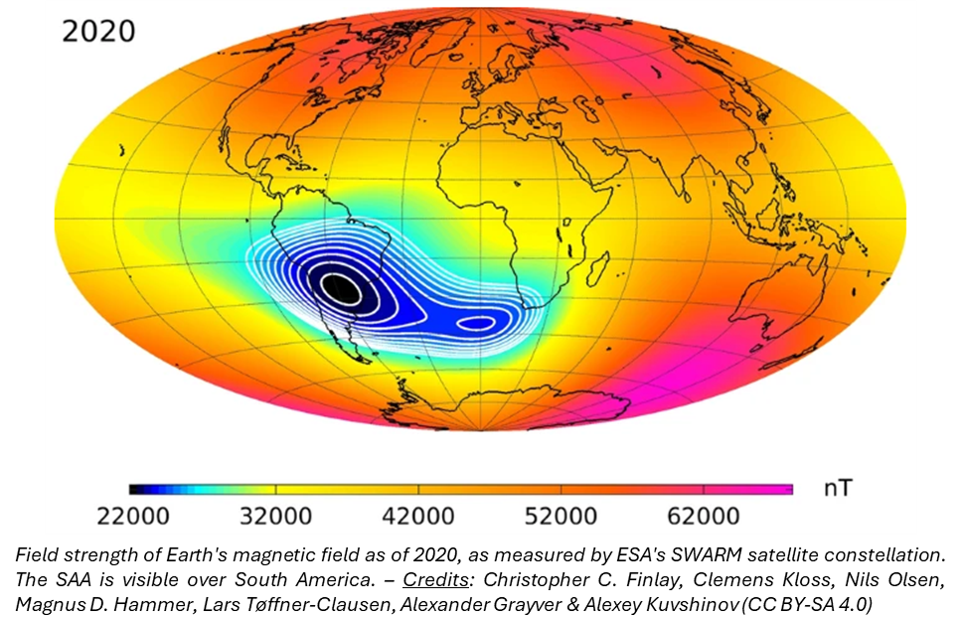
For interplanetary travels, being outside the protective cocoon of the Earth's magnetic field, the main sources of space radiation are the galactic cosmic rays (GCR - see this STCE newsitem) and the solar energetic particles (SEP - https://www.stce.be/content/sc25-tracking#proton). The radiation dose is two to three times higher than that received on the ISS. Indeed, the Earth's magnetic field provides a reasonable protection against these particles. However, there's a third major source of energetic particles here, due to a weakness in the geomagnetic field over South-America. This "South Atlantic Anomaly" (SAA - see image above) allows the inner radiation belt to move closer to Earth, and thus there are more energetic particles closer to the Earth. This can be seen in the comparison of PROBA2 images underneath. In the left column is a solar image made by PROBA2 while it was flying just south of Australia (upper image; https://heavens-above.com/). Barely 40 minutes later, PROBA2 is flying through the SAA (right column) and the effects are clearly visible: the corresponding solar image suffers considerably from the noise generated by the energetic particles slamming into the pixels of PROBA2's camera (SWAP).
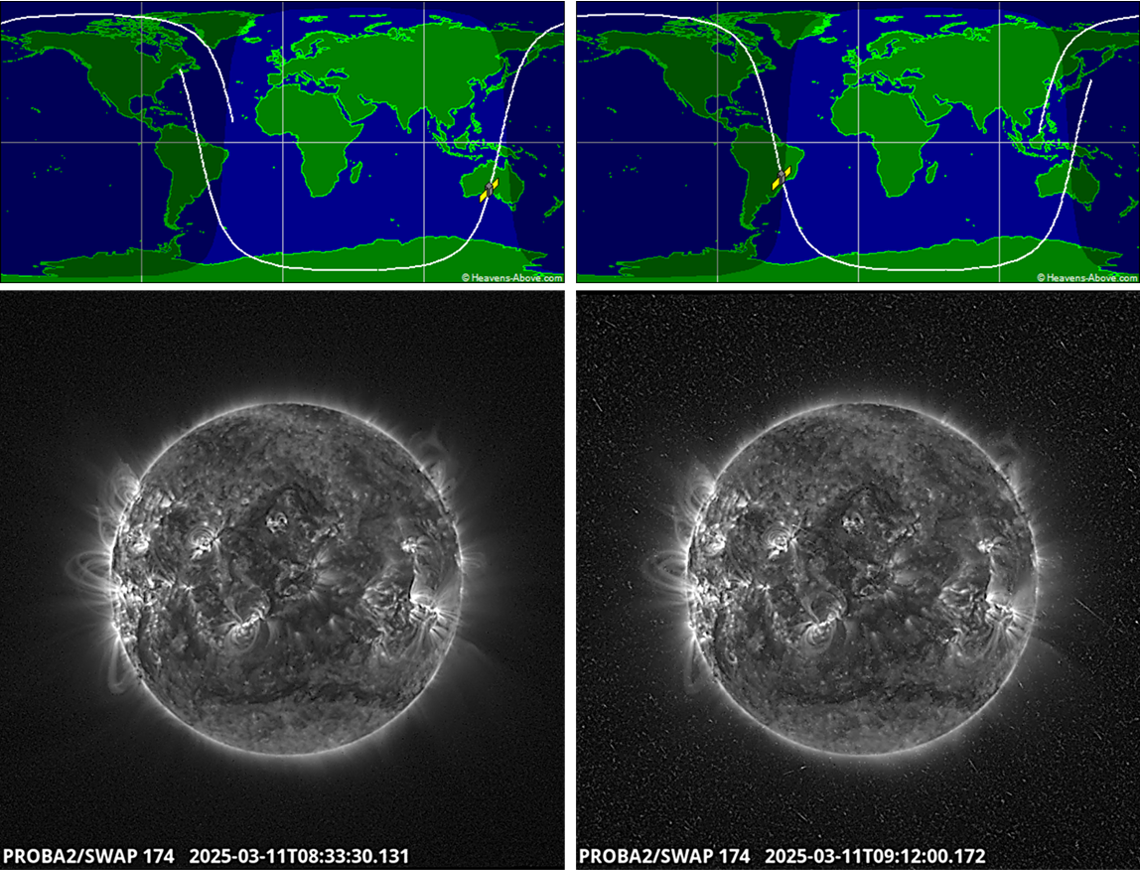
A study by Dachev et al. (2017), using ESA's EXPOSE-R2 facility and covering the period October 2014 - January 2016, indicated that 20% of the space radiation outside the ISS is coming from GCR, 57% from the SAA, 22% from highly energetic electrons precipitating from the Van Allen radiation belts following geomagnetic activity (Dachev 2018), and only 1% from SEP. The latter is because during the observation period, there were only a few and weak proton events generated by the Sun. In practice, these percentages are quite variable, depending -amongst other- upon the phase and intensity of the solar cycle during which the observations are made.
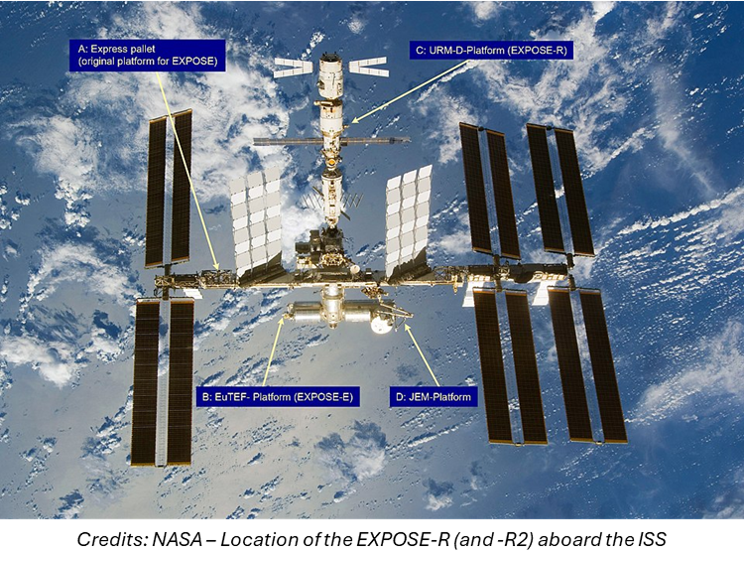
Crews aboard the space station receive an average dose of 80 mSv (millisievert ; a unit to quantify the amount of radiation absorbed by the body) for a six-month stay during solar cycle maximum, and an average of 160 mSv for a six-month stay during solar cycle minimum (NASA/MSFC, 2017). This difference is because during higher solar activity, there are more coronal mass ejections which effectively act as magnetic shields against the incoming GCR. For a six-month journey to Mars an astronaut would be exposed to roughly 300 mSv, and that's one way only. On Earth, we receive an average of 2 to 3 mSv every year from natural background radiation alone. Note that the dose may vary drastically -from 0.5 mSv up to 70 mSv (!) per year- from one region to another (Restier-Verlet et al., 2021). For reference: Although the type of radiation is different, 1 mSv of space radiation is approximately equivalent to receiving 10 chest x-rays.
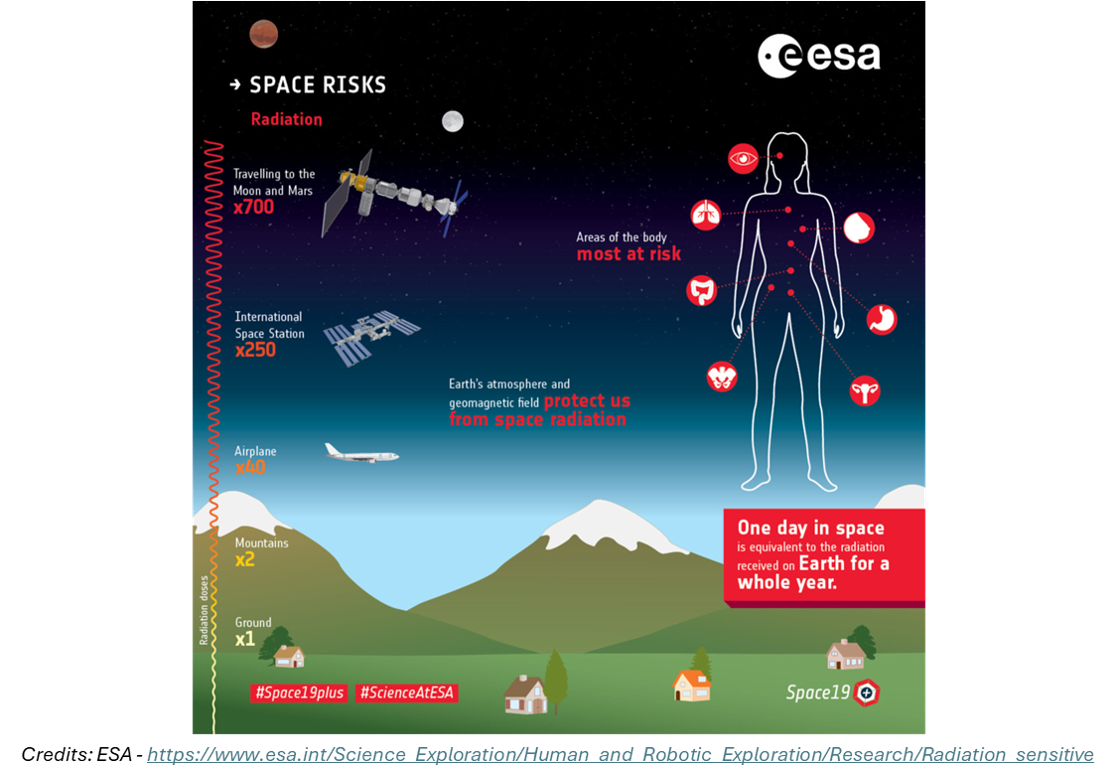
So, from the above, it is likely that Sunita Williams and Barry Wilmore have accumulated somewhere between 150 and 250 mSv during their 286-day stay at the ISS, with the actual value most likely closer to the lower end. This comes on top of the space radiation accumulated during previous space flights. Indeed, Sunita Williams and Barry Wilmore have clocked resp. 608 and 464 days in space, including resp. 62 and 31 hours of extra-vehicular activitities (space walks). The career limits for space radiation currently set by NASA and ESA are resp. 600 and 1000 mSv (Boscolo et al. 2022). Thus, it looks like both astronauts still have margin for a few more space flights.
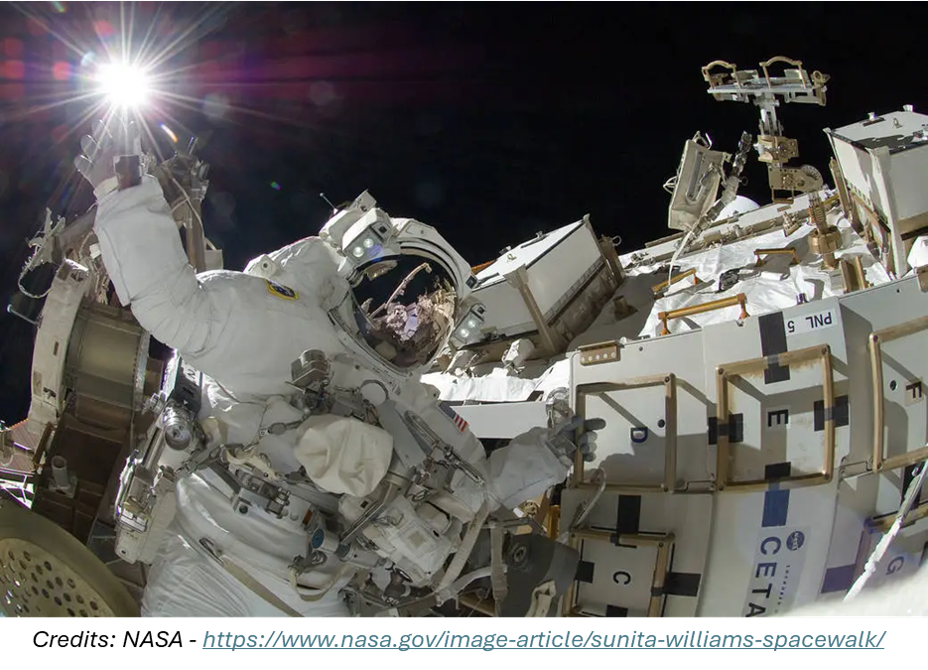
References and further literature
- NASA/Cranford and Turner, 2021 - The human body in space - https://www.nasa.gov/humans-in-space/the-human-body-in-space/
- Tomsia et al., 2024 - Long-term space missions’effects on the human organism: what we do know and what requires further research - https://doi.org/10.3389/fphys.2024.1284644
- Straume, 2015 - Medical Concerns with Space Radiation and Radiobiological Effects - https://doi.org/10.1007/978-3-319-03952-7_4
- ESA - Radiation and life - https://www.esa.int/Science_Exploration/Human_and_Robotic_Exploration/Lessons_online/Radiation_and_life
- Dachev et al., 2017 - Overview of the ISS Radiation Environment Observed during the ESA EXPOSE-R2 Mission in 2014–2016 - https://doi.org/10.1002/2016SW001580
- Dachev, 2018 - Relativistic electron precipitation bands in the outside radiation environment of the International space station - https://doi.org/10.1016/j.jastp.2017.11.008
- NASA/MSFC, 2017 - Space faring: The radiation challenge - https://www.nasa.gov/wp-content/uploads/2017/04/radiationchallenge.pdf?emrc=ba69fb
- Restier-Verlet et al., 2021 - Radiation on Earth or in Space: What Does It Change? - https://doi.org/10.3390/ijms22073739
- Boscolo et al. 2022 - Dose Limits and Countermeasures for Mitigating Radiation Risk in Moon and Mars Exploration - https://doi.org/10.3390/physics4010013

